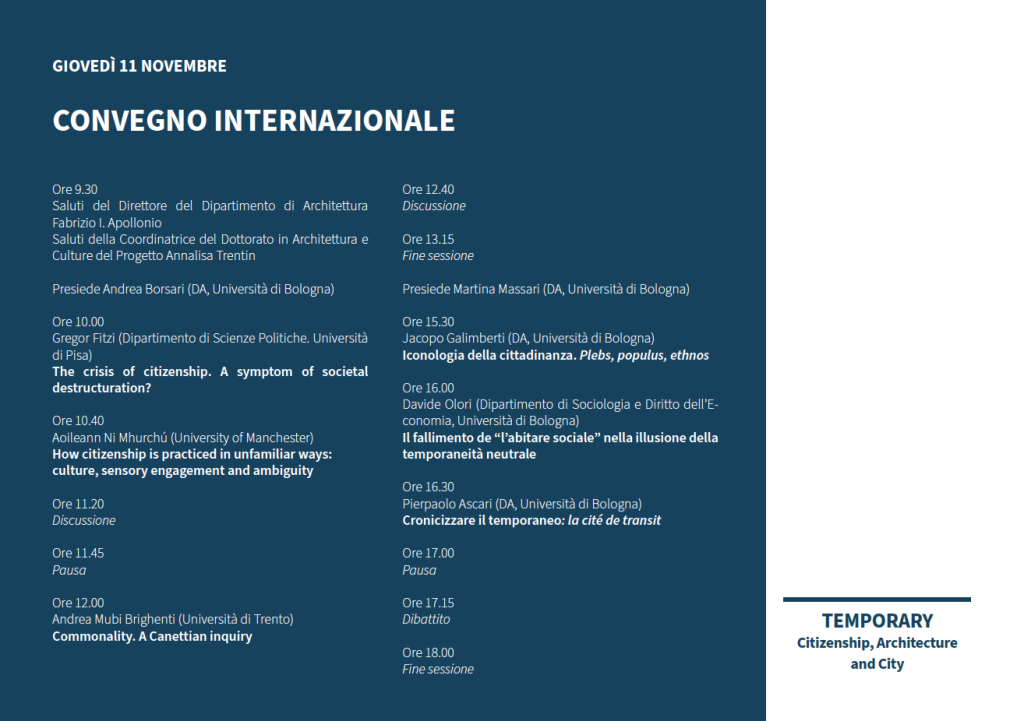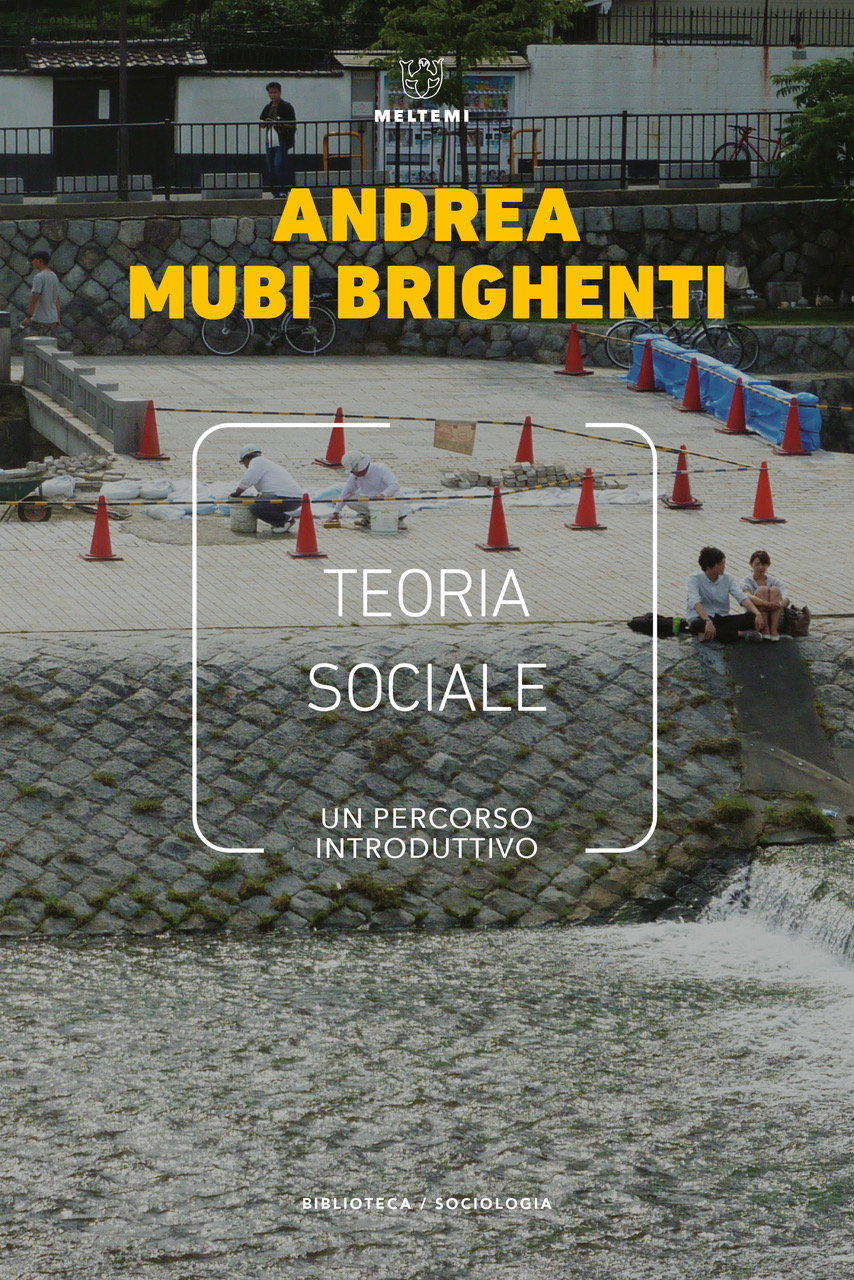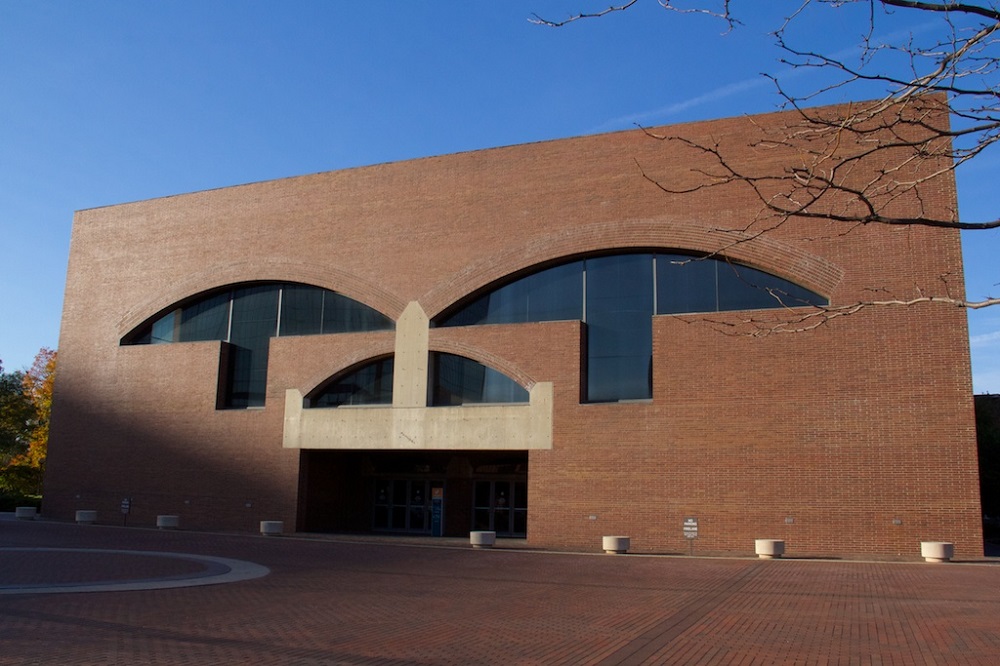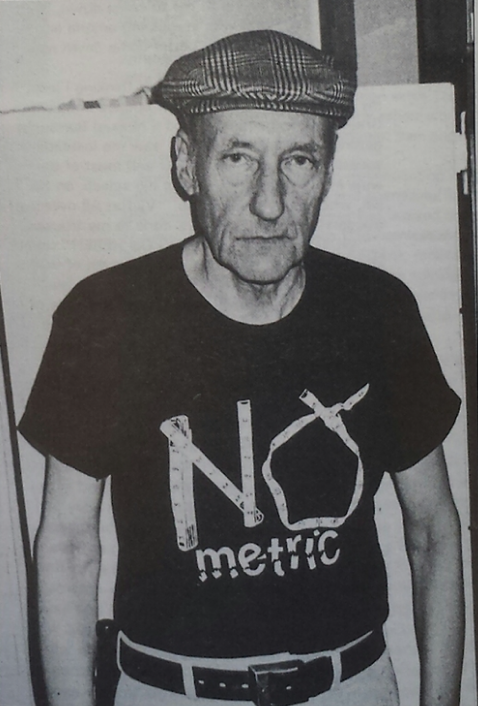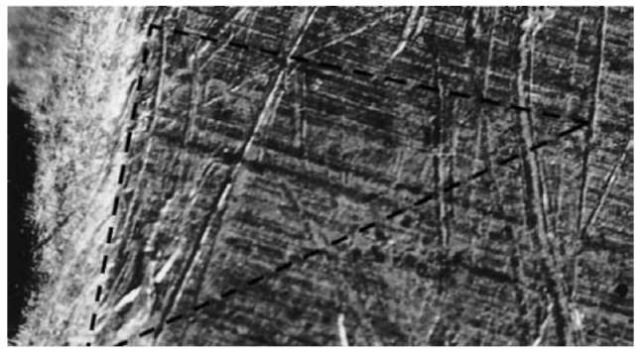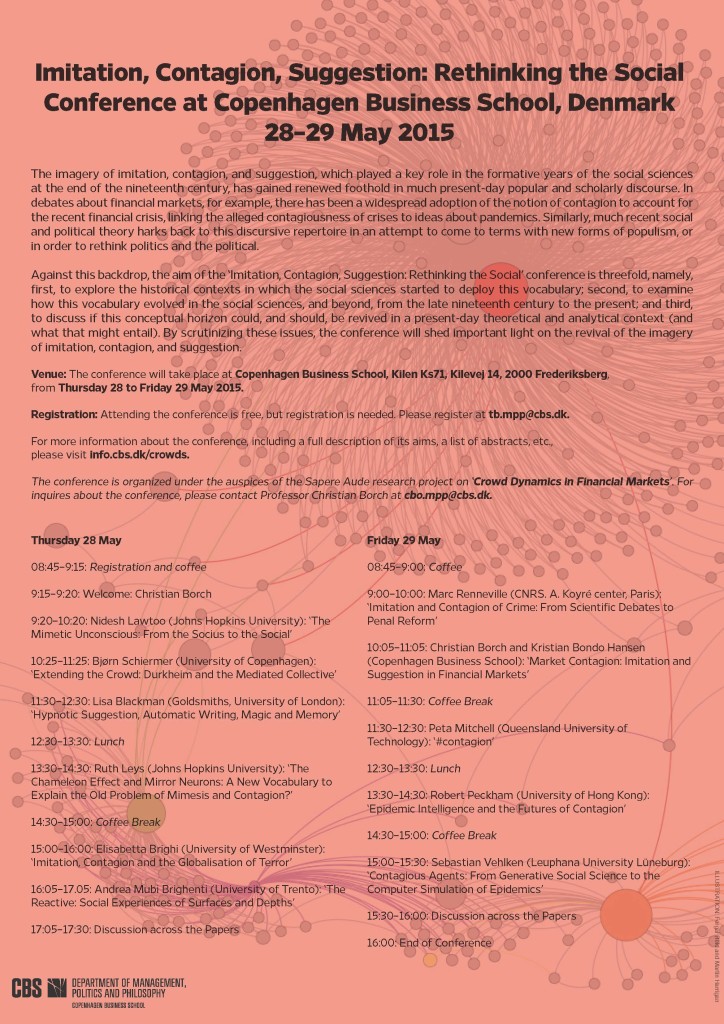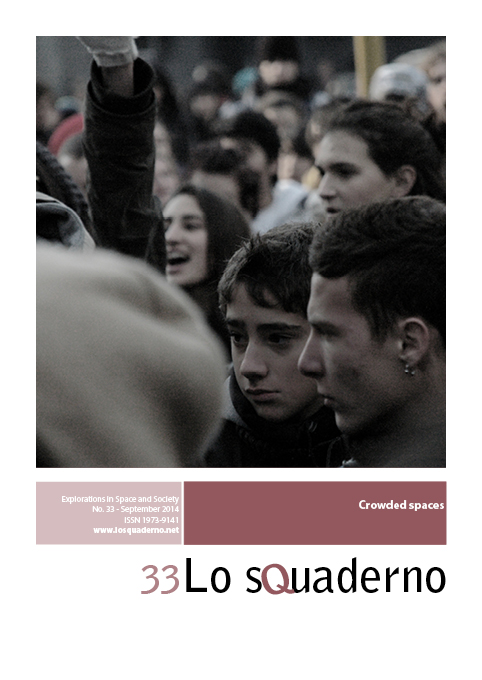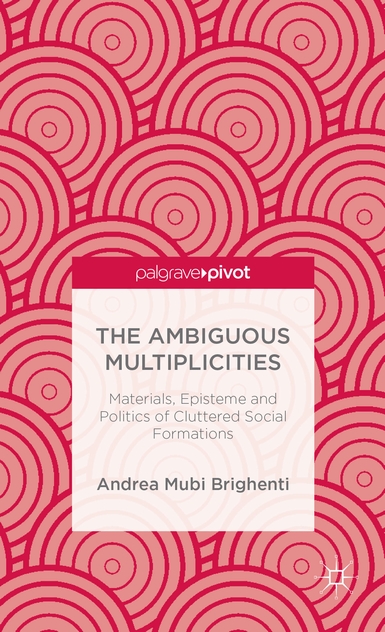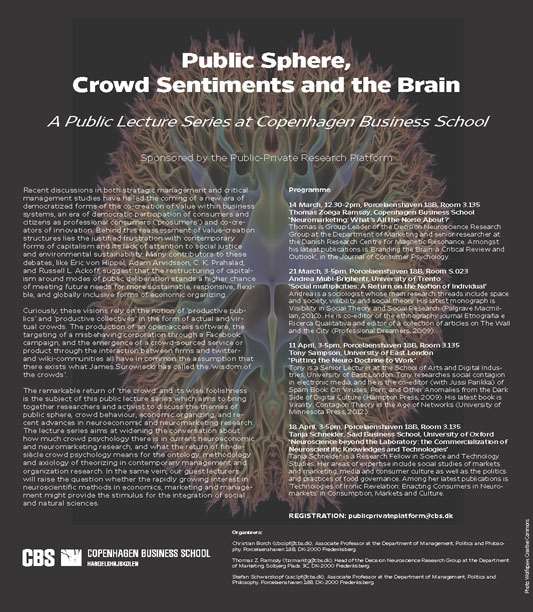 Out now in Cosmos and History: The Journal of Natural and Social Philosophy
Out now in Cosmos and History: The Journal of Natural and Social Philosophy
Abstract. The notion of elemental reality is parsed here as instrumental to a renewal of the understanding of social formations, orders, processes, events, and, more generally, social life. An attempt is made to revisit the element notion drawing insights from the classical imagination, so as to develop an ‘elementalism’ that does not imply a simple return to atomism, but rather retrieves some important insights from the Aristotelian tradition. Elementalism, it is suggested, enables us to see the limitations of both individualist and collectivist takes on social life, allowing for a more ‘environmentalist’ idea of what constitutes society. In an attempt to analyze how an elemental reality can be said to be at play, the category of ‘the visible’ is considered, so as to evince some of its constitutive dimensions, properties, and moments.
Keywords: social theory; medium theory; social environment; elemental reality; the visible
Link to OA article : https://cosmosandhistory.org/index.php/journal/article/view/1168
Also here
